As a result of rising demand for the dollar on the black market, also known as the parallel market, the naira on Tuesday fell to N800 per dollar, its lowest level in nine months.
When compared to N795, the price of one dollar quoted during Tuesday’s intraday trading, this represents a 0.62 percent decline in the value of the naira.
Checks by PolitcsNow with currency exchange platform Aboki FX showed that the country’s currency exchanged at N800 against the dollar in the early hours of Wednesday.
A black market trader who spoke with PoliticsNow early on Wednesday morning confirmed the new price. He attributed the spike in the price of the greenback to an increase in demand for the currency.
Data from the FMDQ showed that the naira lost 5.62 percent of its value at the Investors and Exporters (I&E) forex window, with the dollar being quoted at N788.42 on Tuesday as opposed to N744.07 on Monday.
This development comes in spite of efforts by the government, led by President Bola Tinubu, to synchronize the nation’s foreign exchange market.
Despite Tinubu’s move to unify the country’s exchange rate, the naira has continued to weaken against the dollar, hitting a new high of N800 on Tuesday evening.
The CBN abolished portions of the official foreign exchange market on June 14, 2023, and transferred those portions to the I&E Window, where the concept of “willing buyer and willing seller” was reinstated. The official exchange rate increased as a result of this adjustment, rising from N463.38/$ to the current rate of N800.
According to a recent report by the World Bank, the Nigerian Autonomous Foreign Exchange Fixing (NAFEX) rate, which was theoretically set on a willing-buyer-willing-seller basis, was still under CBN management and did not follow market fundamentals.
The use of various FX windows for various purposes, according to the report, left the FX market without a transparent and predictable price discovery mechanism. This led to opportunities for rent-seeking and arbitrage as it continued to restrict the FX supply at the NAFEX window, driving economic agents into the parallel market to satisfy their FX needs.

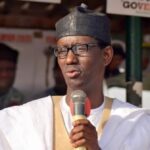
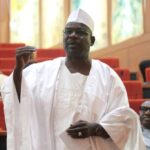

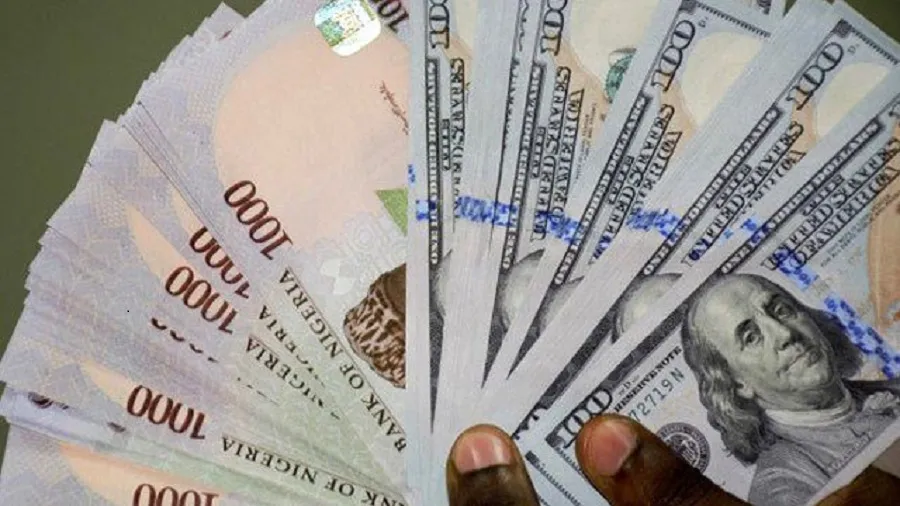

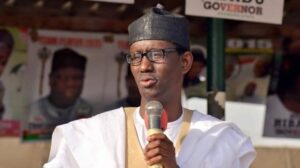
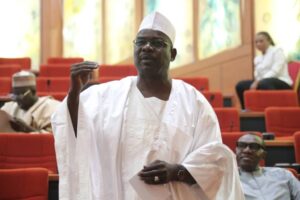
More Stories
Teenager in viral photo of Obi’s 2023 presidential campaign rally, Alabi Quadri languishes in jail
Ribadu tells families of kidnapped victims not to pay any ransom
Ozigbo rejects Anambra APC guber primary, calls it a theft